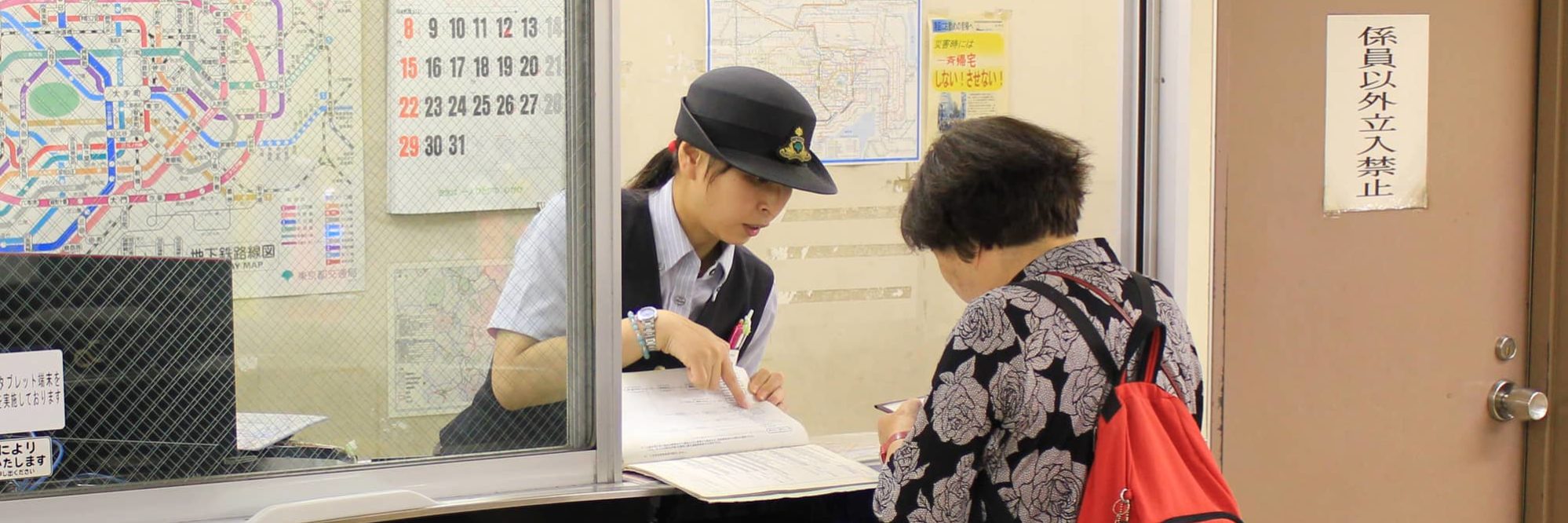In the English language, a common expression is “the elephant in the room”. This of course refers to a major problem or issue that people are aware of but avoid discussing or acknowledging.
In the context of cross-cultural communication between Japan and the West such an elephant also can be found in language itself.
Even though English is being used as a shared business and working language, the assumption that “we all speak the same language” may result in major misunderstandings.
Here is a typical complaint raised by non-Japanese employees: „Often after talking to my Japanese colleagues and explaining something to them for 10 minutes, I get another mail with exactly the same question. Instead of saying ´yes, yes, yes´ why don´t they tell me right away when they don´t understand. “
This seemingly illogical behavior can be explained by looking at the role of the listener which strongly differs in the Japanese and English language.
A very famous Japanese saying goes like this: “hear 1 – understand 10“. If this rule on how to conduct a pleasant conversation in Japan is analyzed it soon becomes apparent that things do not work as in standard English.
In Japan, it is up to the listener to infer the remaining “9” of information from the “1” received. Therefore it is not so much the speaker that is bearing the main responsibility of whether the information is conveyed as intended but in fact the listener. In Japan, it is very impolite to interrupt the speaker even if you cannot follow what has been said.
It is only permitted to ask in order to clarify if the speaker gives a verbal cue like „any questions?” or “is everything clear?”.
The challenge for non-Japanese is that most native speakers of Japanese of course adhere to that basic rule even when using English.
So what can you do to spot the “elephant” right away?
Always pay very close attention to non-verbal signals a Japanese listener might give and make sure to repeatedly ask whether you have been understood. Also, use phrases like “maybe I am talking too fast, shall I repeat?” or “My explanation wasn´t clear, I know, so feel free to ask!”. That will make it easier especially for older Japanese to start asking for clarification. Younger Japanese are often more comfortable with asking if they cannot follow.
The invisible part of a culture that needs our attention
Sociological models often describe culture as an iceberg that consists of 2 parts, a visible one over the surface and one below the invisible water level.
When we first come into contact with another culture, we are only able to perceive the visible part of the culture when we try to interpret their actions and behavior. Things like facial/verbal expression or body language are easily accessible to our senses and are the first things we pick up. This can be problematic as we tend to use our own values as a reference to determine whether we approve of the things members of other cultures do and say or whether we judge them as acting “strange”, “illogical” or even “impolite”.
As we work in an international environment we should therefore try to learn as much as possible about the things below the surface in order to be capable of interpreting actions and language based on the other culture´s values and attitudes. This approach goes a long way as we aim to improve mutual understanding and trust.
What’s in a “yes”?
Here is an example to illustrate:
The meaning of the word “yes” in business English is generally either approval or at least a sign that the person you are talking to is following what you are saying. However, every non-Japanese working with Japanese colleagues will have had the experience of a conversation in English where the Japanese counterpart has been responding by using “yes” over and over again regardless of whether they, in fact, disagreed with the message or even failed to understand its meaning. It is difficult for non-Japanese coming from a Western cultural background to understand that particular communicational behavior when they experience it for the first time.
If we, on the other hand, look at the meaning of the word “hai” (“yes”) from a Japanese standpoint, however, we realize that the use of the term is quite different.
“Hai/yes” is a typical “Aizuchi”, in other words, it is a verbal means which is used countless times during any conversation to show that the listener is devoting his utmost attention to the speaker. The meaning “I approve of what you are saying” is not contained in this phrase in any way.
As Japanese expatriates are sent to subsidiaries outside of Japan their English level regarding verbal communication is sometimes not as high as would be desirable. This is for the most part based on the way English is taught in Japanese schools where the focus is less on the spoken but more on the written language. Often somebody’s writing and reading skills may be much higher than the ability to speak English freely.
To recap, Japanese that are talking in English will often use “yes” the same way they would when speaking Japanese which inevitably creates typical cross-cultural misunderstandings like the one described here.
So how to best interpret the word “yes”?
Always remember that the meaning of the word itself is quite different in Japan and mostly does not have to do anything with showing approval of what is being said. It just means “I am in reception mode” regardless of whether somebody agrees or even fully understands what is being said.







